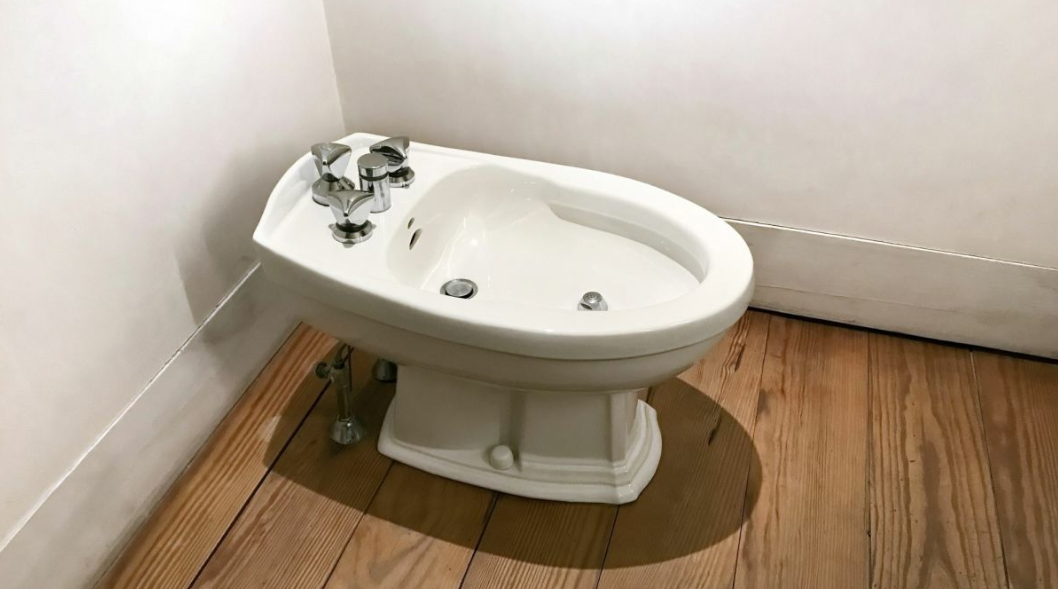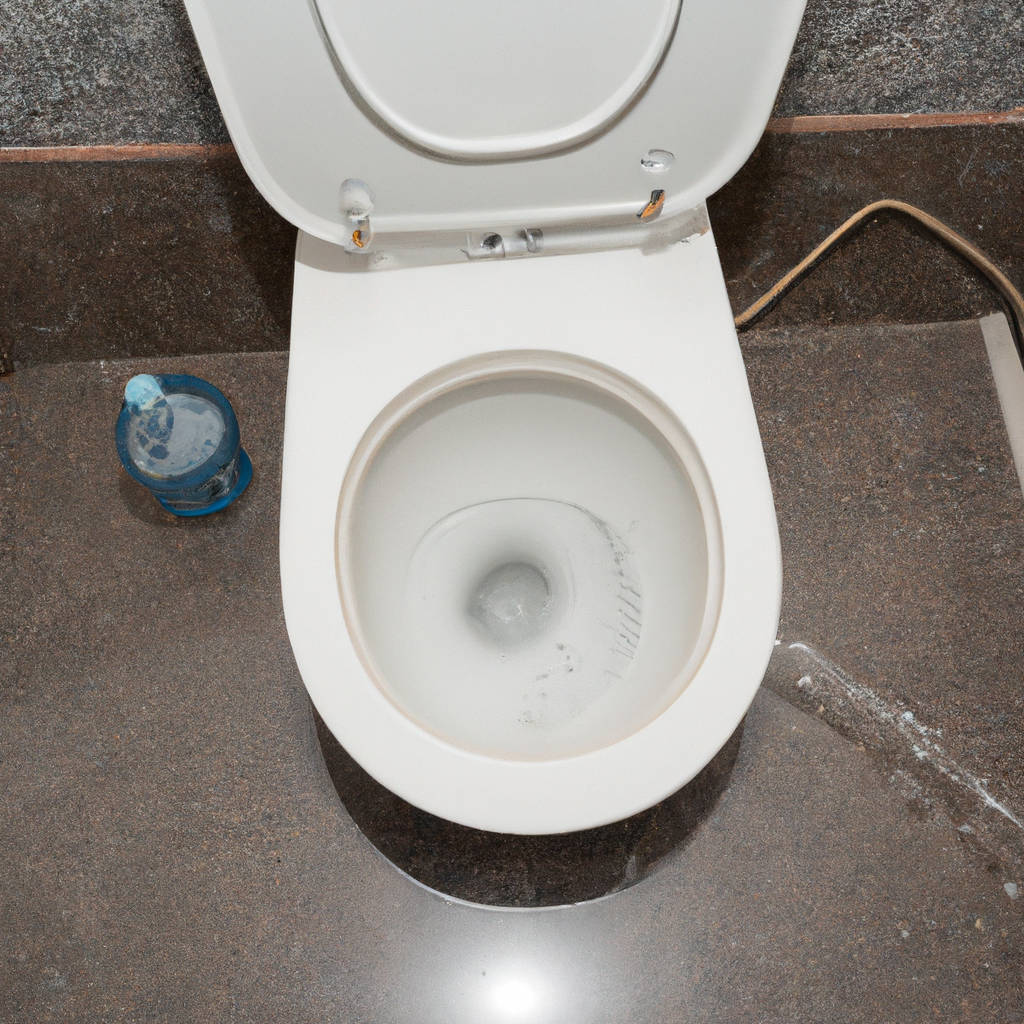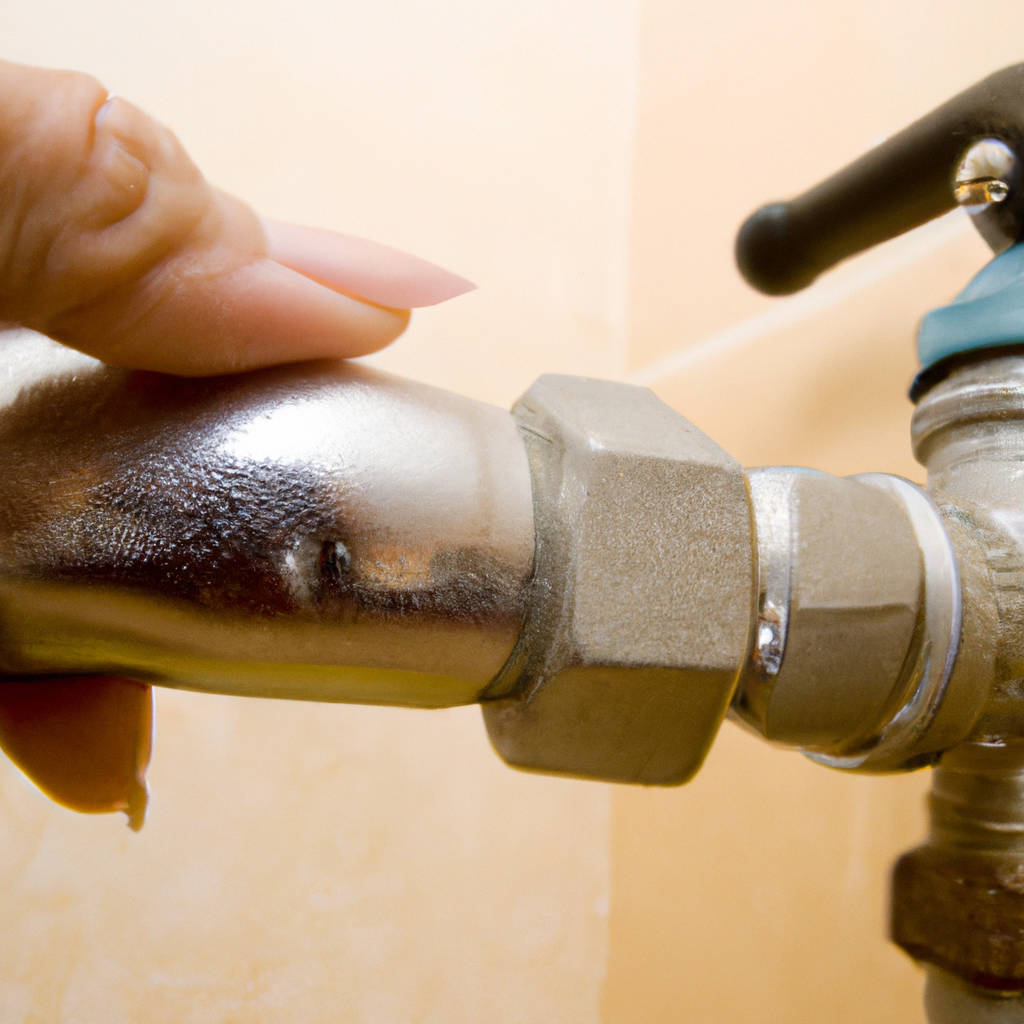A bidet is an essential fixture in many bathrooms worldwide, designed to cleanse the body after using the toilet. To use a bidet, first, finish using the toilet. Once you’re done, move over to the bidet. It’s important to note that you should not pull up your trousers at this point. Adjust the water temperature and jet strengths for comfort, as some bidets may have options to change the water pressure and temperature.
Sit or squat over the bidet, aligned in a way that the jet stream accurately hits the area you need to clean. Some bidets require users to face the fixtures and knobs, while others are designed to be used from the opposite direction. Be sure to read the instructions of your specific model. After washing, dry the area thoroughly with toilet paper or a towel, as bidets do not typically have a drying function. Lastly, ensure you clean the bidet after each use to maintain hygiene. This guide to using a bidet will allow you to navigate this bathroom fixture with ease. It’s important to remember that different cultures may have various etiquettes regarding bidet use, so when in doubt, seek guidance or clarification.

Setting Up the Bidet
Setting up a bidet requires careful planning and some basic plumbing know-how. The first step is to decide on the type of bidet you want to install. There are standalone bidets, bidet seats, and handheld bidet sprayers. Your choice will largely depend on the available space in your bathroom and your personal preference. Once you’ve made your decision, you’ll need to gather the necessary tools and materials. These may include a wrench, a screwdriver, Teflon tape, and connectors or adapters that fit your plumbing.
The next step is to turn off the water supply to your toilet. This is a crucial step to avoid any unwanted mess or water damage. After that, you’ll need to remove your current toilet seat if you’re installing a bidet seat or handheld sprayer. For a standalone bidet, you’ll need to find a suitable spot near the toilet, keeping in mind that it needs to be connected to both the water supply and the drain.
Once everything is ready, you can start with the installation. For a bidet seat or handheld sprayer, this typically involves attaching the bidet to the toilet bowl, connecting it to the water supply with the provided hose, and securing everything with the provided bolts or screws. A standalone bidet, on the other hand, may require more complex plumbing work, including the installation of new pipes and connections.
After the installation is complete, it’s important to test the bidet to ensure everything works properly. Turn the water supply back on and try all the functions of the bidet. Check for any leaks and tighten any connections if necessary. Finally, make sure to carefully read and follow the maintenance instructions provided by the manufacturer to keep your bidet functioning optimally for years to come. Remember, setting up a bidet can be a DIY project, but if you’re not comfortable with plumbing work, it’s perfectly fine to hire a professional to do the job.
Personal Hygiene with the Bidet
Personal hygiene is an essential aspect of our overall health, and the use of a bidet can significantly enhance this. Originating in France, the bidet is a bathroom fixture designed for washing the genitalia, perineum, inner buttocks, and anus. Many cultures worldwide embrace this tool for its superior cleanliness benefits compared to traditional toilet paper.
The bidet offers a gentle, hands-free approach to personal hygiene, reducing the risk of spreading bacteria and other germs. As it uses water, it provides a more thorough cleansing, ensuring that no remnants are left behind. Moreover, it can prevent skin irritation and rashes that often occur due to the friction caused by using toilet paper.
Bidets can be particularly beneficial for individuals with specific health conditions like hemorrhoids, anal fissures, or those who have just given birth. The soothing stream of water aids in the healing process and offers relief from discomfort. Furthermore, bidets contribute to environmental sustainability as they reduce the need for toilet paper, thus decreasing deforestation and waste.
In recent years, bidets have gained popularity in regions where they were not traditionally used, like North America. There are different types of bidets, including standalone fixtures, toilet seat attachments, or handheld devices, catering to a variety of personal preferences and budgets.
While there might be a learning curve when first using a bidet, most people find the experience comfortable and the hygiene benefits undeniable. Understanding how to use a bidet correctly is relatively straightforward, and many come with adjustable features to cater to different comfort levels.
In conclusion, incorporating a bidet into personal hygiene routines can lead to improved cleanliness, better health outcomes, and contribute to environmental sustainability. While it might require an initial adjustment, the long-term advantages it offers makes it a worthy consideration for any household.

Post-Cleansing Steps
After completing a cleansing regime, whether it be facial or body, it’s vital to follow several post-cleansing steps to ensure the best possible results. Initially, it’s essential to seal the pores and restore the skin’s natural pH level, often disrupted by cleansing. This can be achieved by using a toner, a product specifically designed for this purpose.
Next, hydration is key. Even if your skin tends to be oily, skipping a moisturizer can cause your skin to compensate by producing more oil, leading to further skin issues. The right moisturizer will provide your skin with necessary hydration without making it greasy. If your cleansing routine is carried out at night, it is advisable to use a night cream, which is generally thicker and richer, to provide your skin with extra nourishment while you sleep.
If your cleansing routine is carried out in the morning, applying a sunscreen after moisturizing is a critical step to protect your skin from harmful UV rays. Additionally, if you have specific skin concerns, such as dark spots or fine lines, incorporating a serum with active ingredients targeted towards these issues can be highly beneficial. Finally, it’s important to remember that consistency is significant in skincare. Regularly following these post-cleansing steps can lead to noticeable improvements in your skin’s health and appearance over time. Remember, everyone’s skin is unique, so it may take some trial and error to find the products and routine that work best for you.
Adjusting Water Pressure
Adjusting water pressure within your home or workplace can significantly impact the overall efficiency and longevity of your plumbing system. An optimal water pressure level ensures the smooth operation of household appliances and fixtures such as washing machines, dishwashers, showers, and faucets. However, excessive water pressure may lead to damage such as leaks, pipe fractures, and premature wear and tear of appliances and fixtures. On the other hand, low water pressure can result in inadequate water flow, affecting the functionality of these same appliances and fixtures.
To adjust water pressure, you need to locate the water pressure regulator, typically found near the place where the main water line enters the building. This device, also known as a pressure-reducing valve, can be adjusted to increase or decrease the pressure of water flowing through the pipes. If your home or building doesn’t have a regulator, it may be necessary to install one to gain control over the water pressure.
To adjust the water pressure using the regulator, you will need a water pressure gauge to measure the current water pressure accurately. Depending on your specific needs, you can then turn the screw on the regulator clockwise to increase water pressure or counterclockwise to decrease it. It is recommended to make these adjustments gradually, checking the gauge after each adjustment to ensure the water pressure is within the optimal range.
Remember, adjusting water pressure should be done with caution. If you’re unsure or uncomfortable doing it yourself, it’s best to seek professional assistance. A licensed plumber has the knowledge and experience to correctly adjust the water pressure, ensuring the longevity and efficiency of your plumbing system. It is also critical to monitor your water pressure regularly, as sudden changes can indicate potential plumbing issues that need immediate attention.

Bidet Maintenance
Maintaining a bidet in your bathroom requires regular cleaning and inspection to ensure it functions optimally. The process of keeping your bidet in top shape begins with daily cleaning. This involves using a mild, non-abrasive cleaner and a soft cloth to wipe down the surface of the bidet. Harsh chemicals or abrasive cleaners can damage the finish or even the inner workings of your bidet, so it’s important to choose cleaning products carefully.
Furthermore, the nozzle, which is an integral part of the bidet, needs special attention. It should be cleaned regularly to prevent the build-up of limescale and bacteria. This can often be achieved by activating the self-cleaning function if your bidet has one. If not, a gentle clean with a soft toothbrush can do the trick. Always ensure to rinse thoroughly after cleaning to remove any residual cleaning product.
It’s also crucial to regularly check the water pressure in your bidet. If you notice a decrease in water pressure, it may indicate a blockage or issue with the plumbing. It’s advisable to seek the assistance of a professional plumber in such scenarios.
In addition, you should be mindful of any leaks or drips from your bidet as these can indicate issues that need to be addressed. The seals and connections should be checked periodically to prevent water damage and to ensure that the bidet is operating effectively.
Lastly, if your bidet has electrical components, you should schedule regular inspections with a licensed electrician to ensure all parts are functioning correctly and safely. This will help to extend the life of your bidet, ensuring you get the most out of your investment while maintaining a high level of hygiene in your bathroom.
In conclusion, regular cleaning and periodic inspection of both the physical and electrical components of your bidet are vital to its maintenance. Not only will this keep your bidet looking clean and shiny, but it will also ensure it functions efficiently and lasts for years to come.
